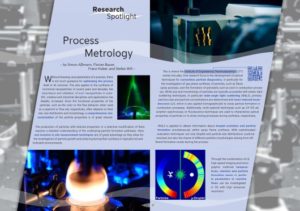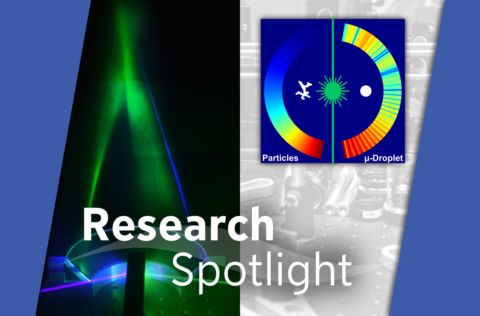Process Metrology
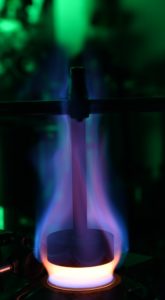 Without knowing core parameters of a process, there is not much guidance for optimizing the process itself or its outcome. This also applies to the synthesis of functional nanoparticles. In recent years and decades, the importance and utilization of such nanoparticles in scientific, medical and industrial disciplines and applications has steadily increased. Since the functional properties of the particles, such as the color or the flow behavior when used as a pigment or flow aid, respectively, often depend on their size, size distribution and morphology, a comprehensive characterization of the particle properties is of great interest.
Without knowing core parameters of a process, there is not much guidance for optimizing the process itself or its outcome. This also applies to the synthesis of functional nanoparticles. In recent years and decades, the importance and utilization of such nanoparticles in scientific, medical and industrial disciplines and applications has steadily increased. Since the functional properties of the particles, such as the color or the flow behavior when used as a pigment or flow aid, respectively, often depend on their size, size distribution and morphology, a comprehensive characterization of the particle properties is of great interest.
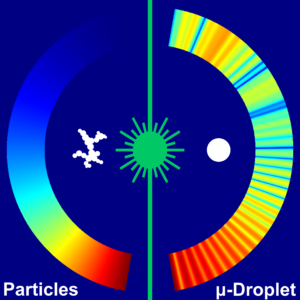 The production of particles with tailored properties or a selective modification of them requires a detailed understanding of the underlying particle formation pathways. Here, non-invasive in situ measurement techniques are of great advantage as they allow for the investigation of particle growth and sintering during their synthesis in typically hot and turbulent environments.
The production of particles with tailored properties or a selective modification of them requires a detailed understanding of the underlying particle formation pathways. Here, non-invasive in situ measurement techniques are of great advantage as they allow for the investigation of particle growth and sintering during their synthesis in typically hot and turbulent environments.
This is where the Institute of Engineering Thermodynamics (LTT) comes into play. One research focus is the development of optical techniques for contactless particle diagnostics, in particular for the investigation of gas phase synthesis of particles, such as flame spray pyrolysis, and the formation of pollutants such as soot in combustion processes. While size and morphology of particles are typically accessible with elastic light scattering techniques, in particular wide-angle light scattering (WALS), primary particle sizes and particle concentrations are determined with laser-induced incandescence (LII), which is also applied tomographically to study particle formation in combustion processes. Additionally, multi-spectral techniques such as UV-VIS absorption spectroscopy or fluorescence techniques are used to characterize optical properties of particles or to study mixing processes during synthesis, respectively.
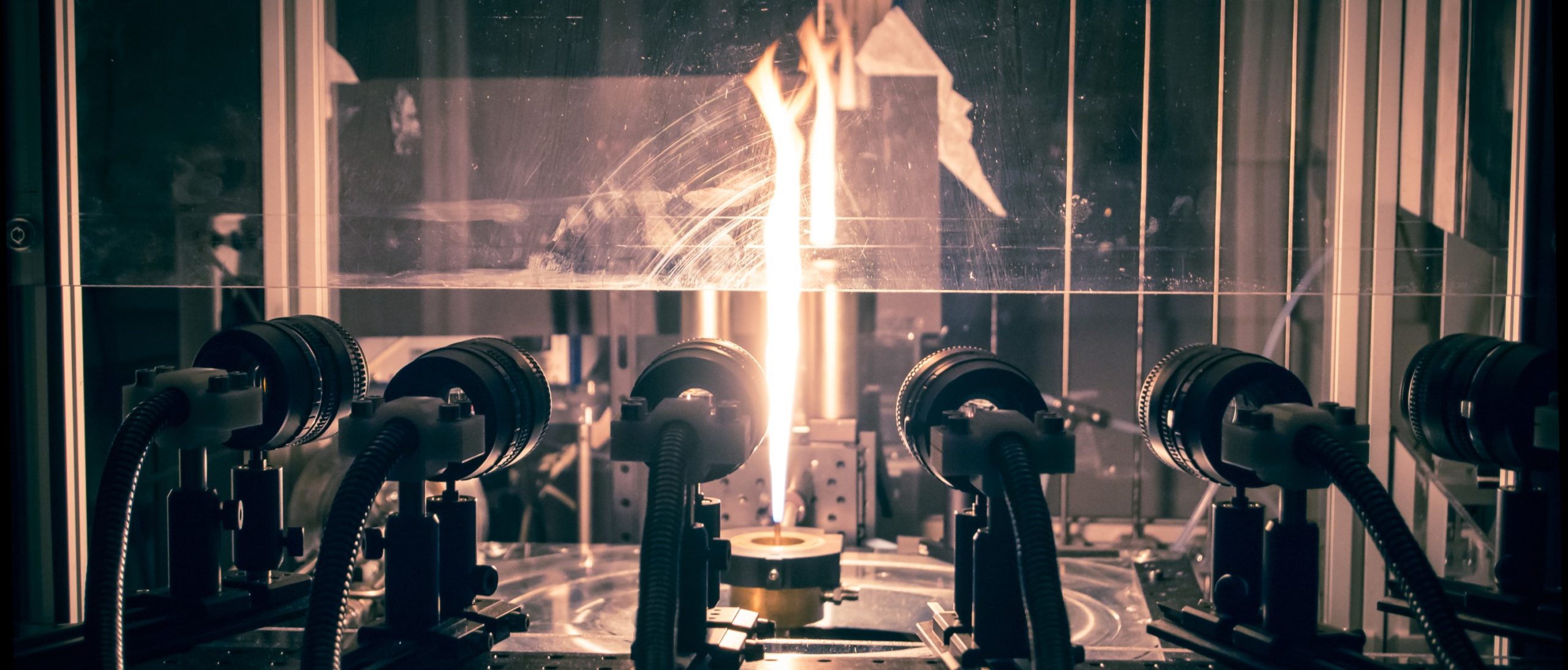 WALS is applied to obtain information about droplet evolution and particle formation simultaneously within spray flame synthesis. With sophisticated evaluation techniques not only droplet and particle size distributions could be resolved, but also the shares of different particle morphologies arising from different formation routes during the process.
WALS is applied to obtain information about droplet evolution and particle formation simultaneously within spray flame synthesis. With sophisticated evaluation techniques not only droplet and particle size distributions could be resolved, but also the shares of different particle morphologies arising from different formation routes during the process.
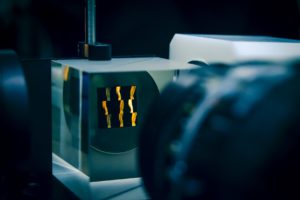 Through the combination of LII, high-speed imaging and tomographic methods temperatures, reaction and particle formation zones or particle parameters in reactive flows can be investigated in 3D with high temporal resolution.
Through the combination of LII, high-speed imaging and tomographic methods temperatures, reaction and particle formation zones or particle parameters in reactive flows can be investigated in 3D with high temporal resolution.
by Simon Aßmann, Florian Bauer, Franz Huber, and Stefan Will
